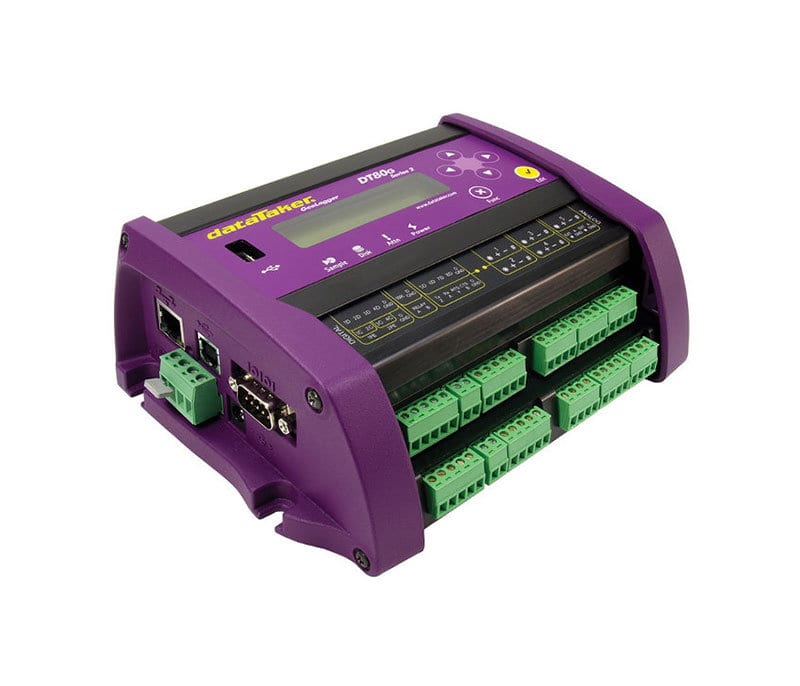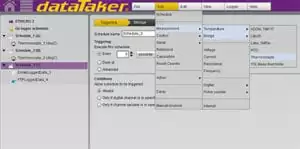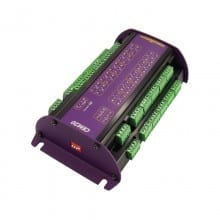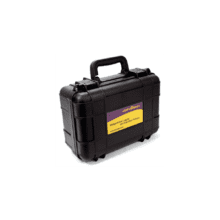Description
DT80G Geotechnical Data Logger
The new DT80G Geotechnical Data Logger Series 4 version has increased sampling speed, measurement range and programmable analog output.
The DT80G vibrating wire data logger is ideal for all geotechnical data logging applications. The dataTaker GeoLoggers have built-in support for vibrating wire sensors including Geokon, RST Instruments, slope indicator, soil instruments and more. They provide the ideal data acquisition and monitoring solution for the engineer working in the geotechnical environment.
The dataTaker GeoLoggers can monitor a wide variety of geotechnical data logging applications including slope stability, subsidence, dam wall monitoring, tunnel and mining excavation, groundwater, tunnel wall monitoring and site assessment.
The advanced dataTaker DT80G range Geologgers work with a host of geotechnical sensors including Extensometers, Piezometers, Inclinometers, Strain gauges, Pressure cells, Crack meters, Tiltmeters and also support Carlson, Electrolevel, and LVDT devices. They are expandable up to 300 channels and are compatible with all major brands of geotechnical sensors including Geokon, Slope Indicator, RST Instruments, Soil Instruments Roctest, and AGI – Applied Geomechanics Inc.
Communication Features
The low cost, low power dataTaker DT80G Geologger is extremely versatile and easy to configure for communications, data capture and data analysis. View the data in real time or store up to 10 million data points. Data storage and retrieval can be achieved via USB memory stick, FTP, cell phone, Modbus for SCADA, Ethernet or Web. Connect to the logger locally, remotely or over the Internet. The web interface allows users to configure the DT80G, access logged data and see current measurements as mimics or in a list using a web browser.
Universal & Configurable
The dataTaker DT80G vibrating wire data logger has 5 analog channels capable of measuring up to 5 vibrating wire strain gauges with thermistors or 15 vibrating wire strain gauges without thermistors. If additional channels are required the dataTaker DT85G has 16/48 vibrating wire channels. The DT80G and DT85G can be expanded simply by connecting dataTaker Channel Expansion Modules (CEM20) to provide 100 to 300 vibrating wire channels with thermistors.







